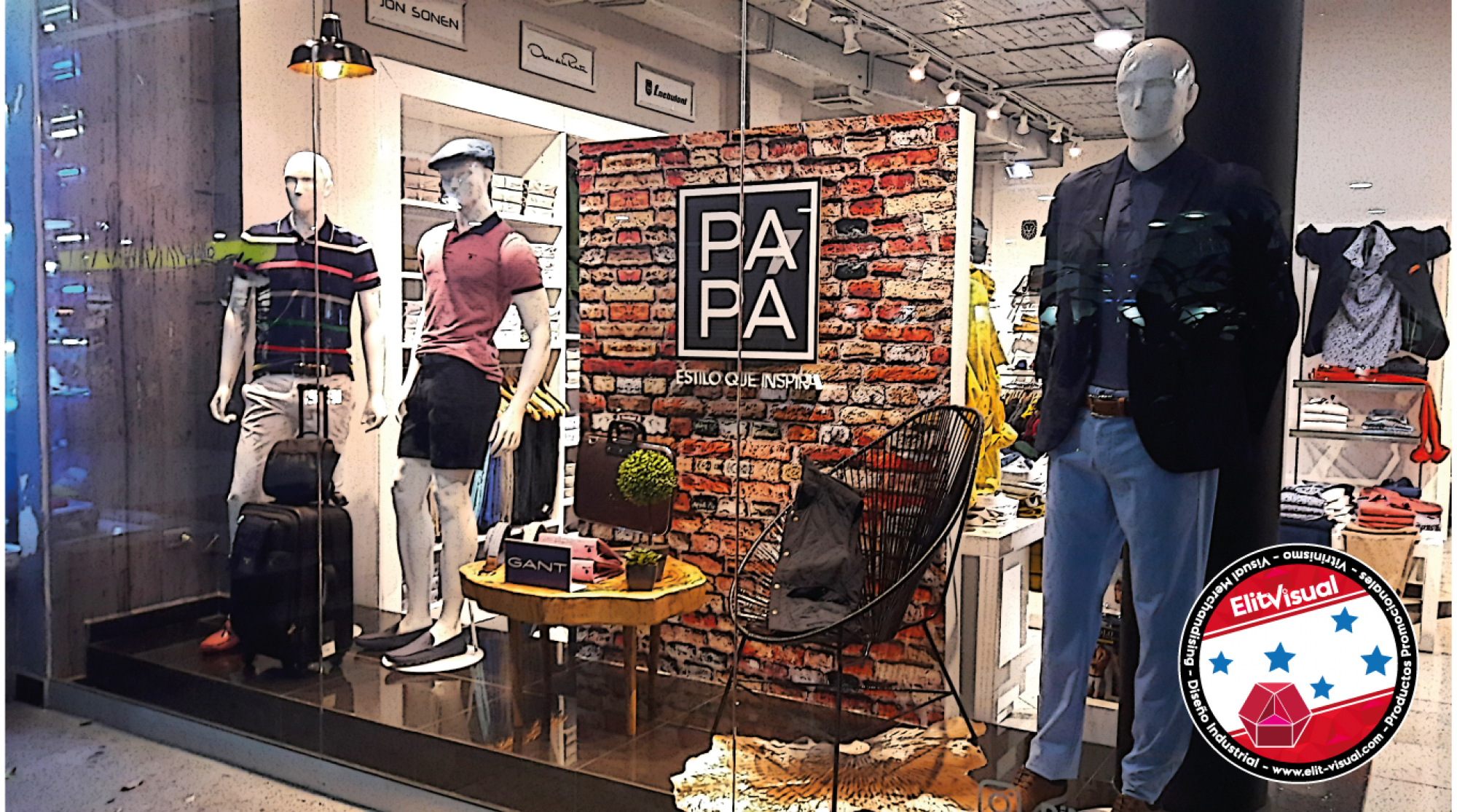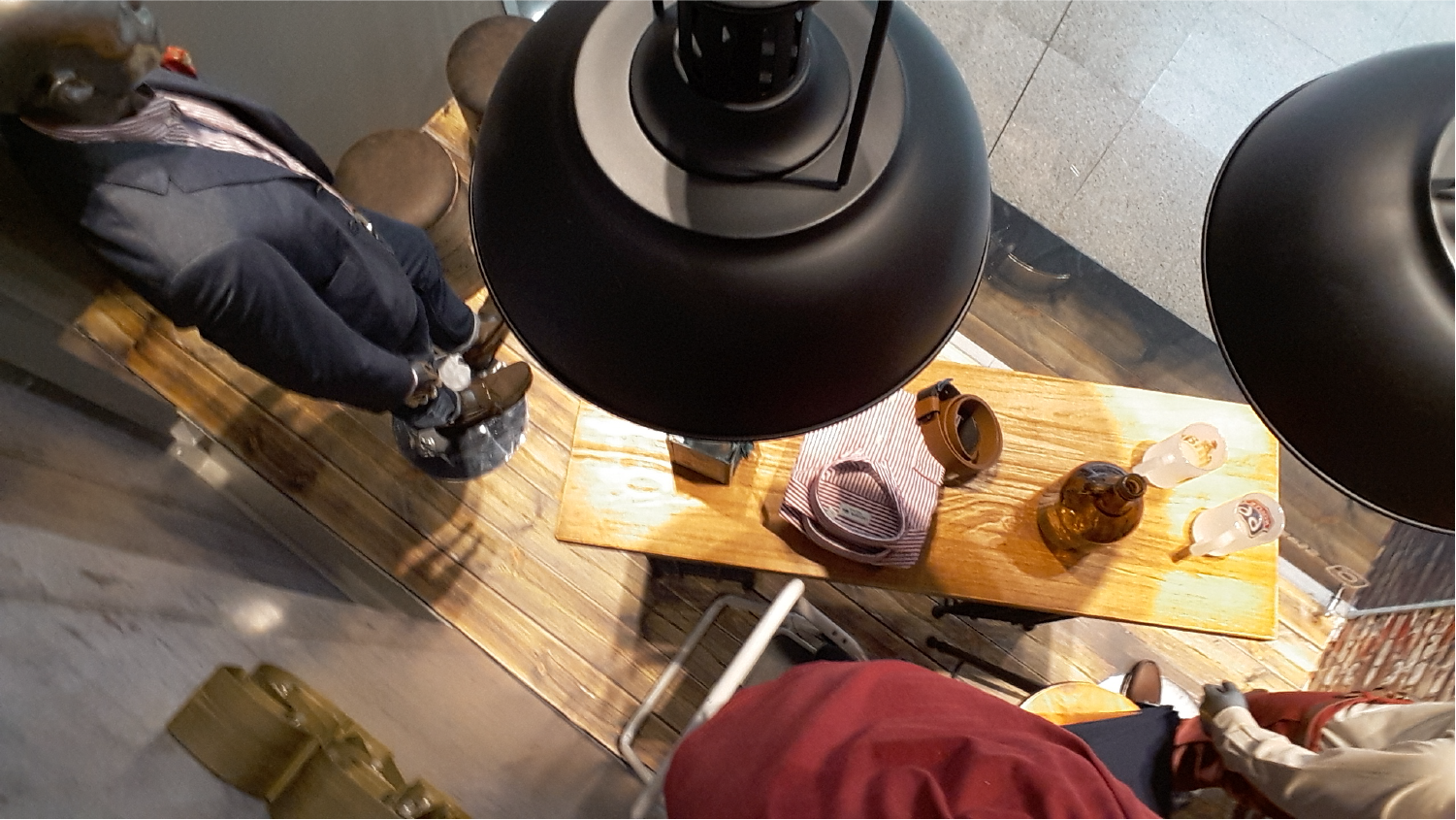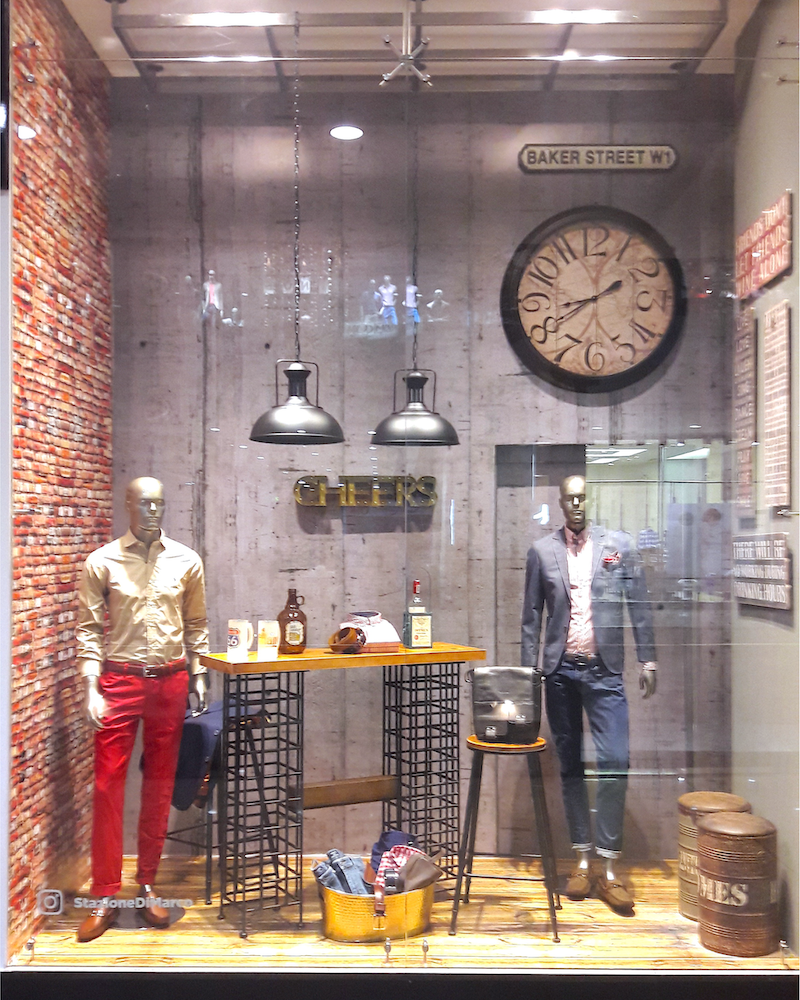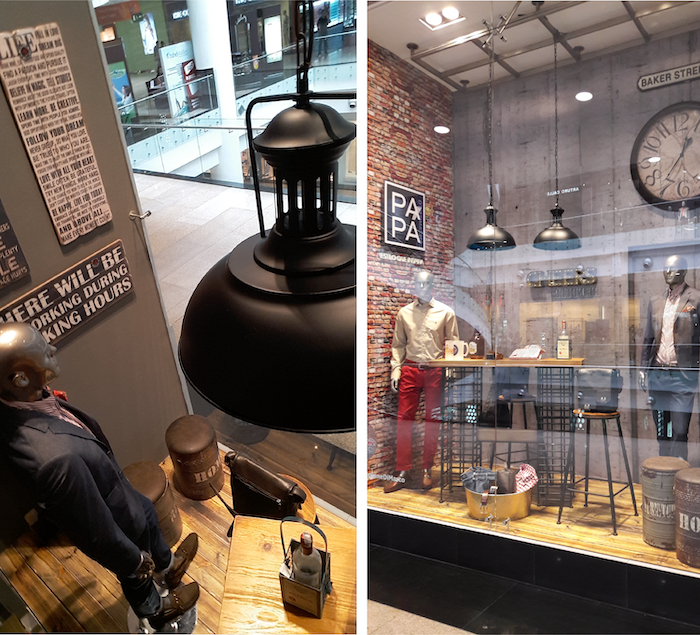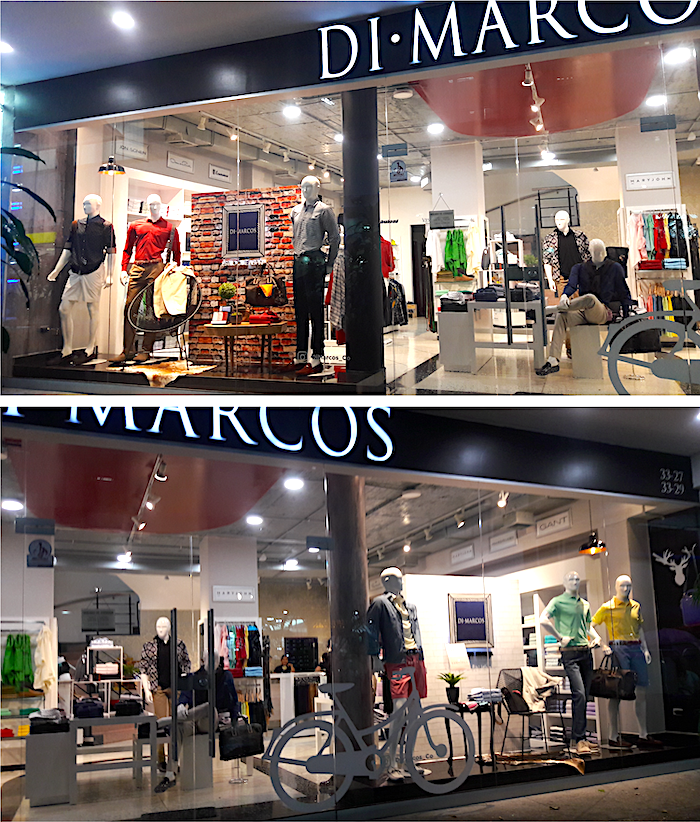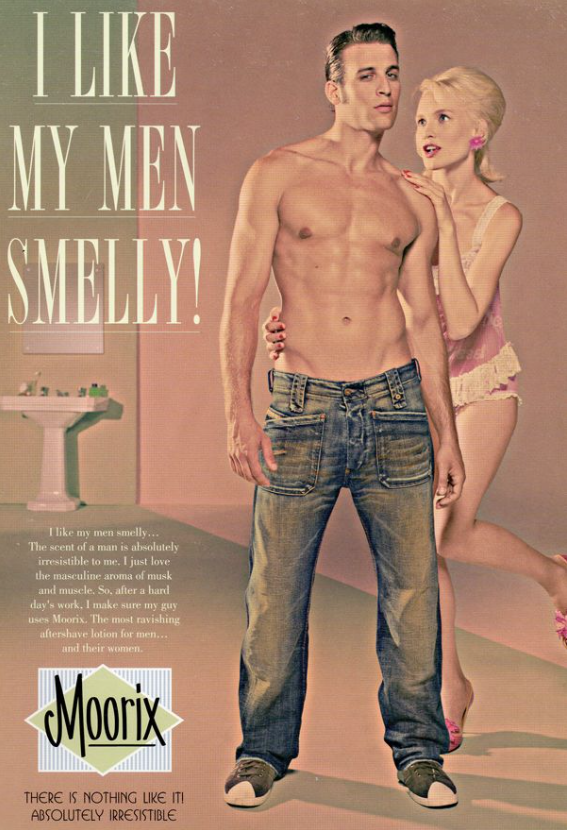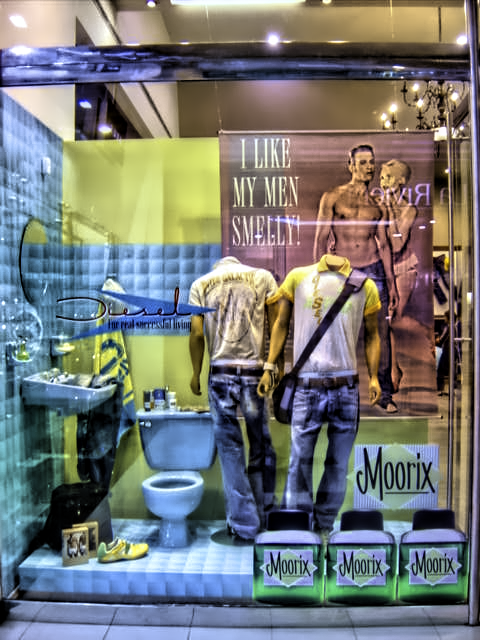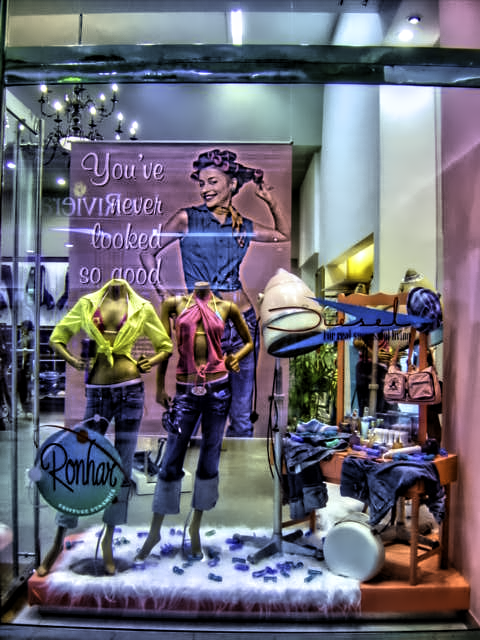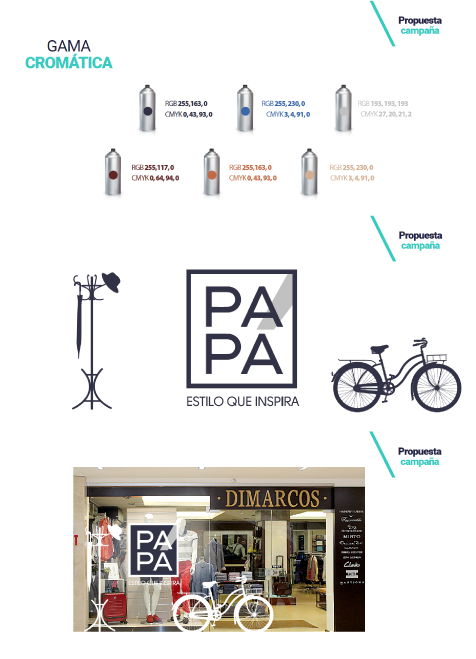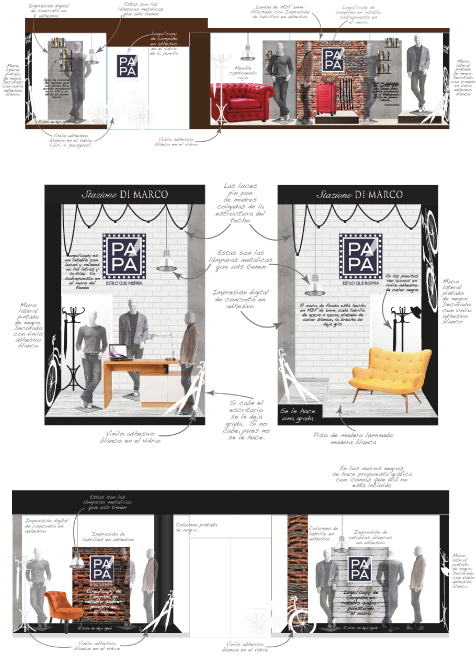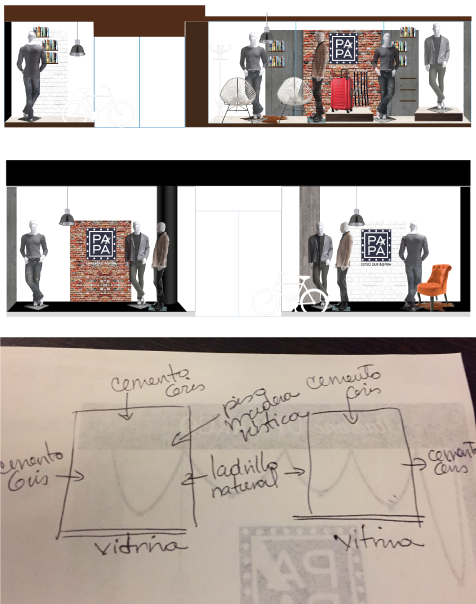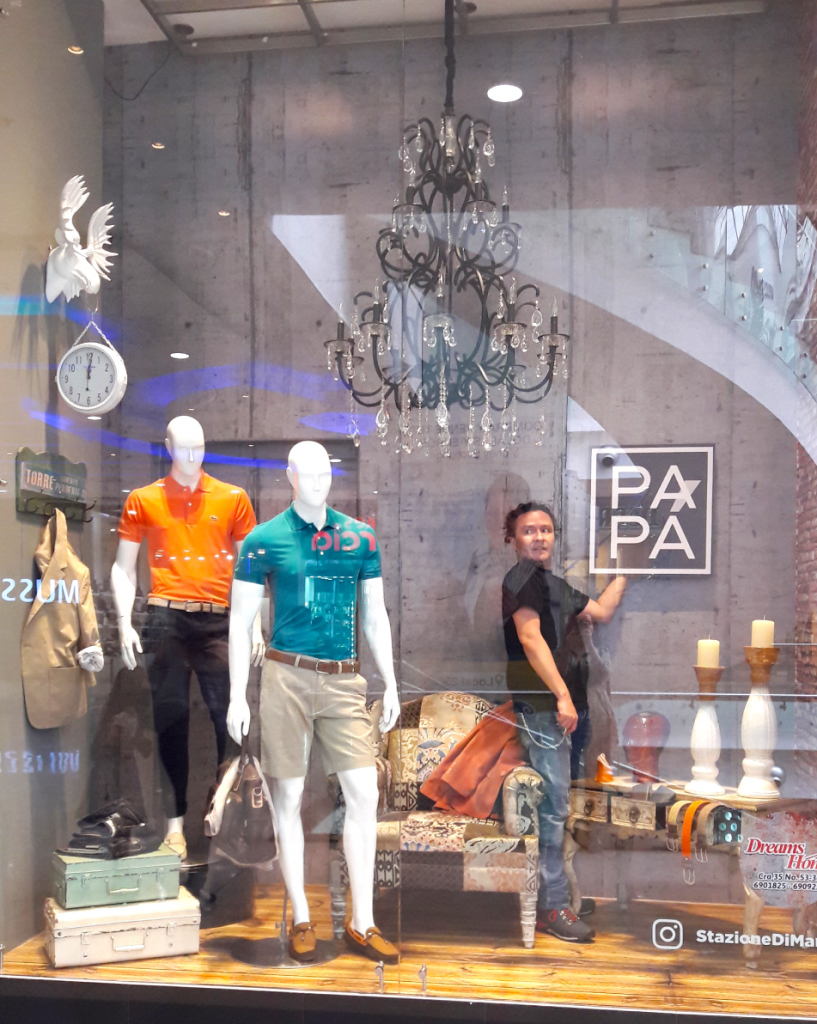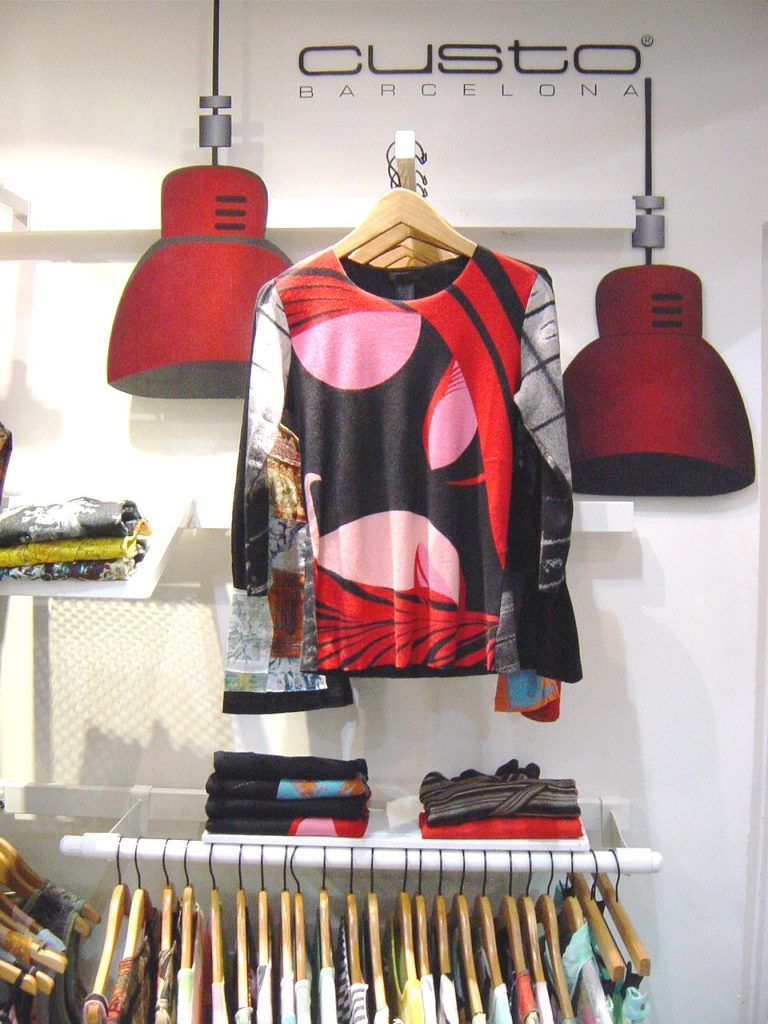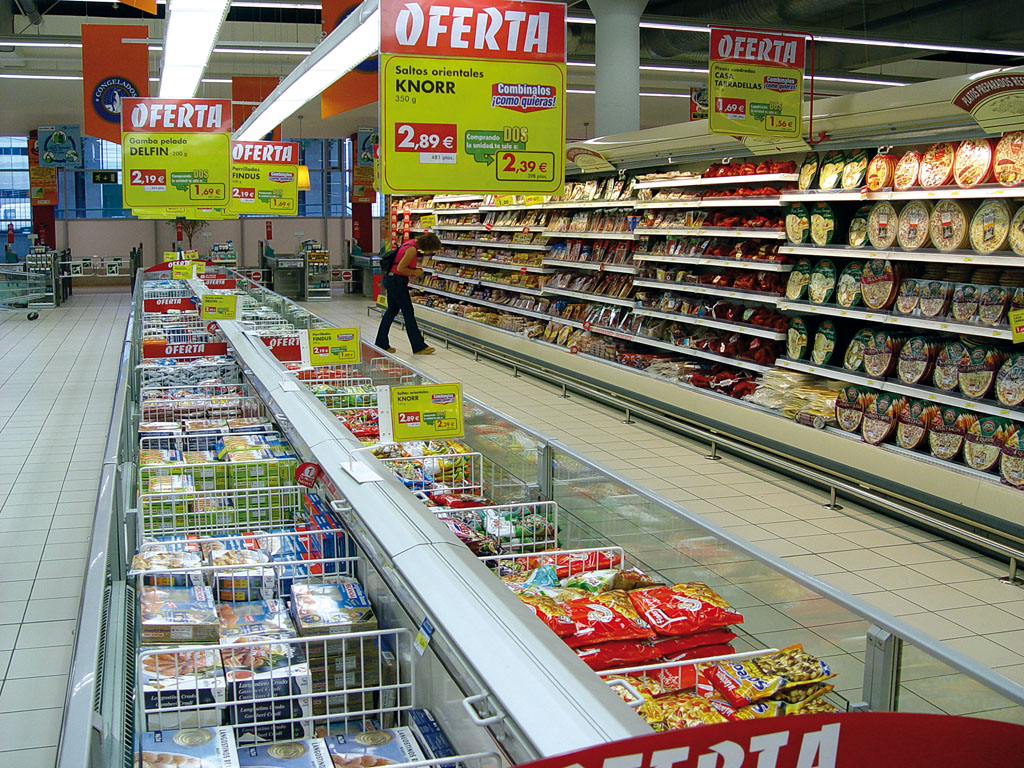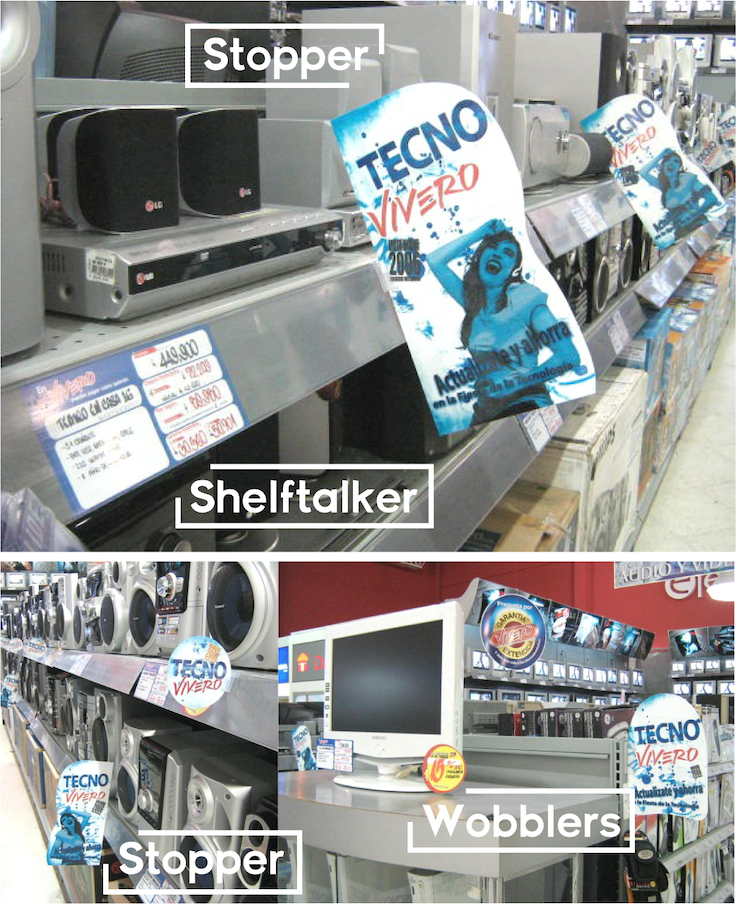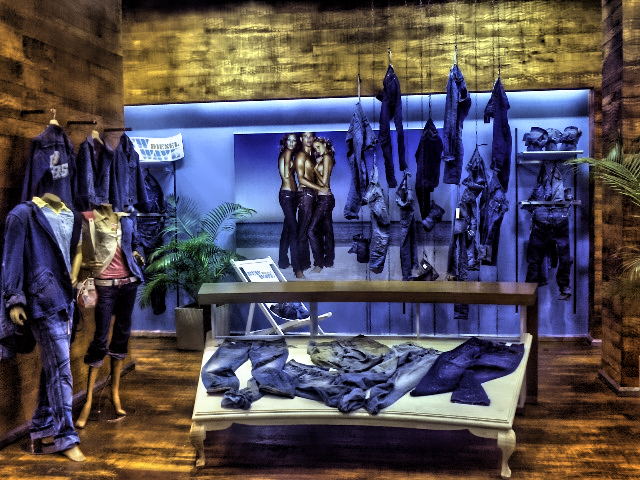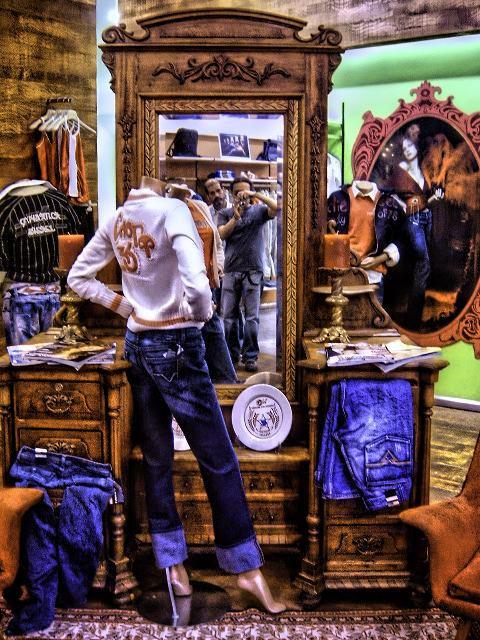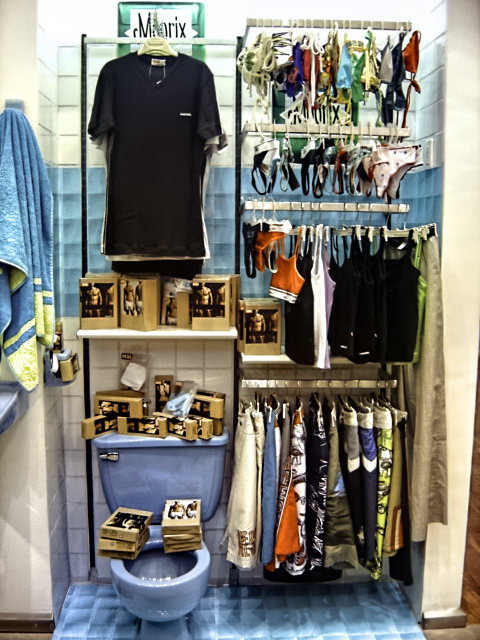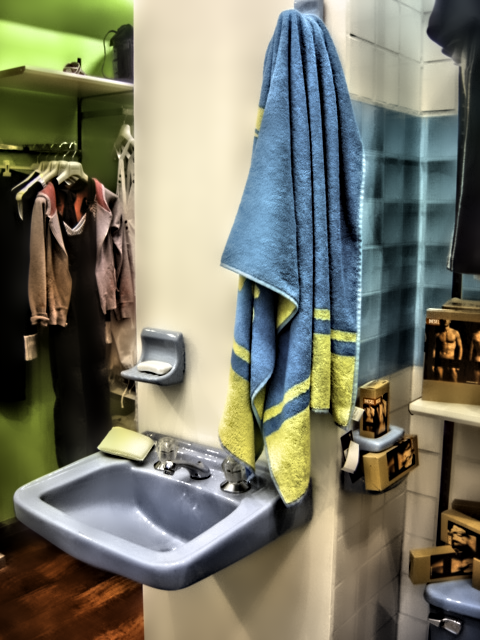Now that a reasonable time has elapsed in which all the pertinent actions for the production and manufacture of the elements designed and planned for the showcase have been carried out, the time has come to organize everything for the assembly day.
Even though it may sound like «piece of cake», it could be said that applying it is not that simple. In short, what makes it complicated might be the fact that there are many variables involved. Especially when you cannot be in real-time and the installations are carried out in different cities, or in different locations in the city at the same time.

https://www.pinterest.es/ArtLex_/pins/
First, there is something that is fundamental and that is generally overlooked especially when visual merchandising services are provided and that go ignored by both the provider and the contracting brand.
This is the complete disassembly of the previous showcase, the one that is going to be replaced. It seems to be obvious but admittedly is something almost everybody gloss over. And the consequences are that lead times could be extended and inevitably affect the budget and your «goodwill» as a provider. And as a brand too, because you do not want to keep your window shop in a permanent and extended «out of service».

http://www.elit-visual.com
So, there must be a plan for it. As a provider you will have the expectation of entirely empty space, so you can start with cleaning and painting if it is so required. Because the last thing you want is that painters and workers get in touch with mannequins and products. They are not trained for that, their knowledge is part of another field. The product could be damaged, or stained, or handle in a wrong way.

A good point to look through is the starter point, from up to down: ceiling first and then walls, and finally the floor. The glass is better to let it in the very last position, except if it has an awesome or complicated sticker vinyl design on it. Order, it all comes down to get an organized «step by step» and be plenty of discernment to full fill it.

https://www.pinterest.es/ArtLex_/pins/
It can be pondered like the following way:
- First: Overall cleanliness.
- Second: Setting all protections before paint and then start with painting.
- Next: Installing all wall stickers.
- Then: Hanging all props that are floating: mobile, lamps, danglers, etc.
- After that: Connecting and hiding wires and electrical sources.
- Finally, the floor.
- And the last thing: Mobilier and mannequins (already dressed).
All that to follow a sequence in which things installed will not be damaged. But as it was said before: «easy to say, then harder to do it!».
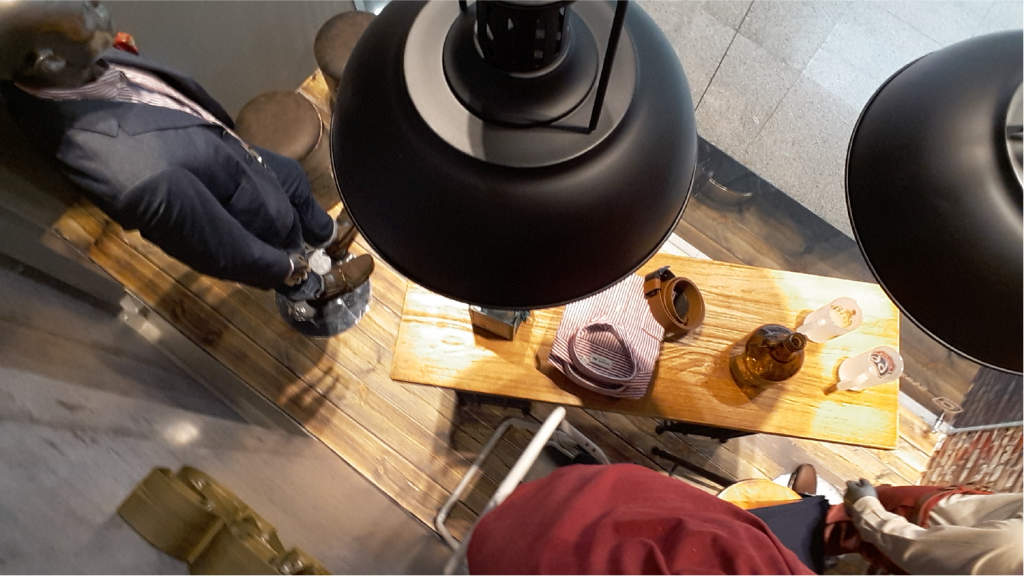
Even with this, the list of all props, stickers, elements, and so; must be ordered in the way that would be easier to identify them and subsequently to avoid an unnecessary headache in the case something is missing.
There have been cases in that something does not fit into his place in the window shop or it is not according to the design. And then, just if this is the case, it is time to activate your mindedness and use your creativity to the fullest in order to circumvent the obstacle. Of course, must seek «where» was the mistake, and take action to solve it, just to know if it was your glitch and identified it before it gets huge and causes more damage in your future designs.
Meaning, if it was your mistake you must identify it and correct it, in order to see if it was the bad measurement taken, bad communication, or something wrong in digital files. And if it was the provider fault then ask them to fix it.
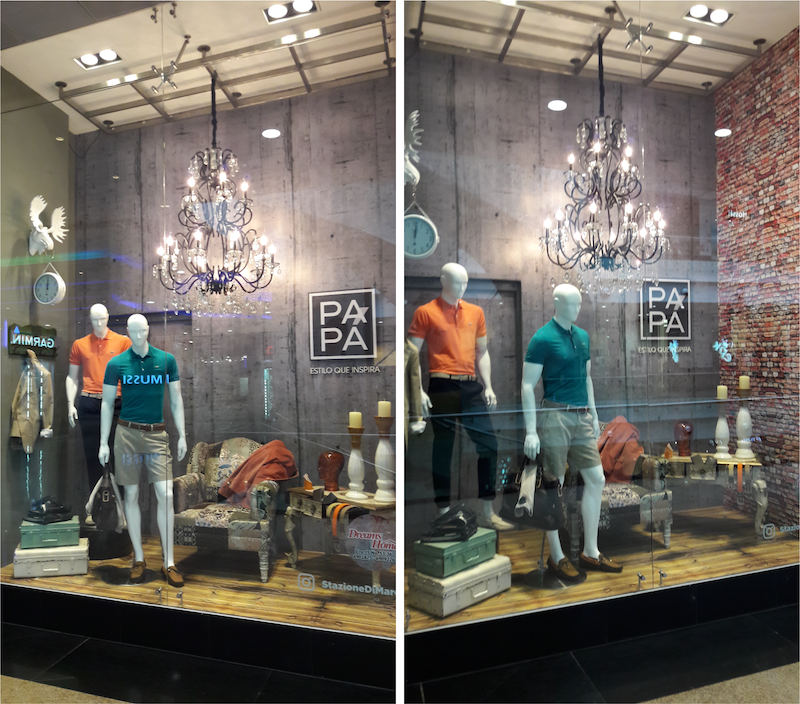
Another important item is the one that answer this question:
Do all elements and props fit through the window entrance? and before this question another one: Do they fit into the lorry? Inside the one that is going to be used to carry them to the store. Again all these could sound obvious, but in practice, almost anybody is aware of that.
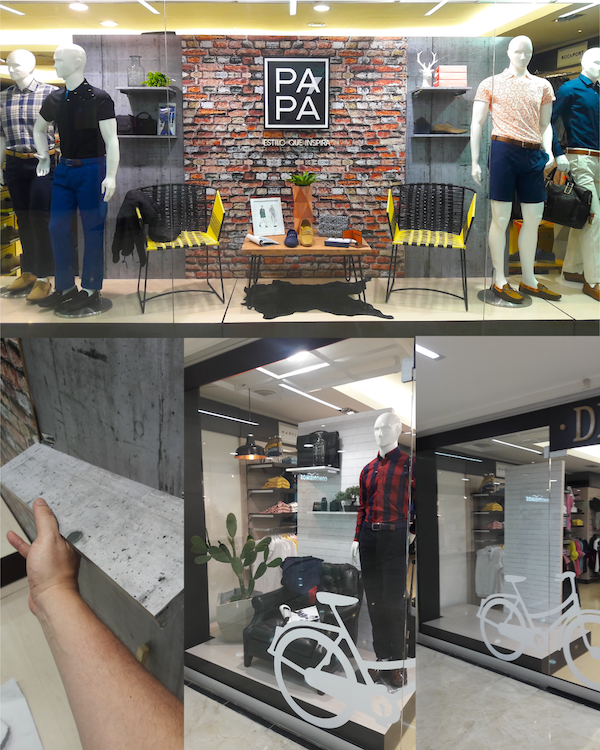
Been careful when installing all elements is a must. Because the more you care about the way you do your work then, the best it looks like when finishing it. It is a matter of value and not a cost. When you are careful you are professional, and you give value to your work, and then it shines by itself, and consequently, everybody realizes that.
A detailed work enhances the impact of your shop window and catches the attention of unsuspecting walkers, because of your work it became a brilliant and successful showcase and gives people a theme to talk about.
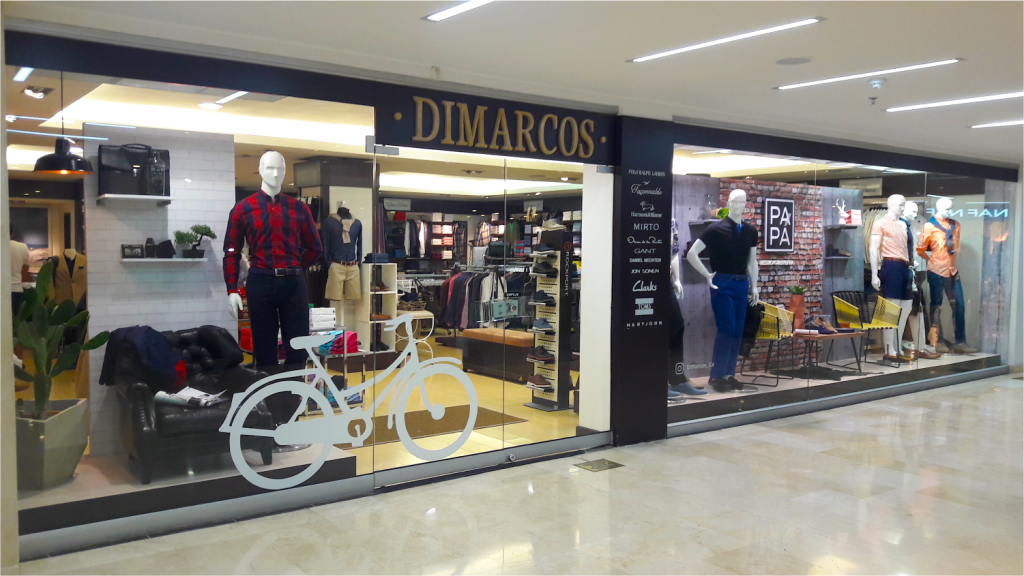
Mobilier and mannequins can be put into the case (the shop window). Already dressed, mannequins´ clothes must match with the palette (as far as possible) and the main design because they are the principal part of this story (for fashion retailing).
Of course, you can use the Color Theory you most like. You can go with Van Gogh´s theory, to harmonize according to his well-known knowledge in this matter, that personally I consider the best. Or you can apply the triads, the splits, or the use of analogs, all that theory you can pick from the color wheel according to Goethe.
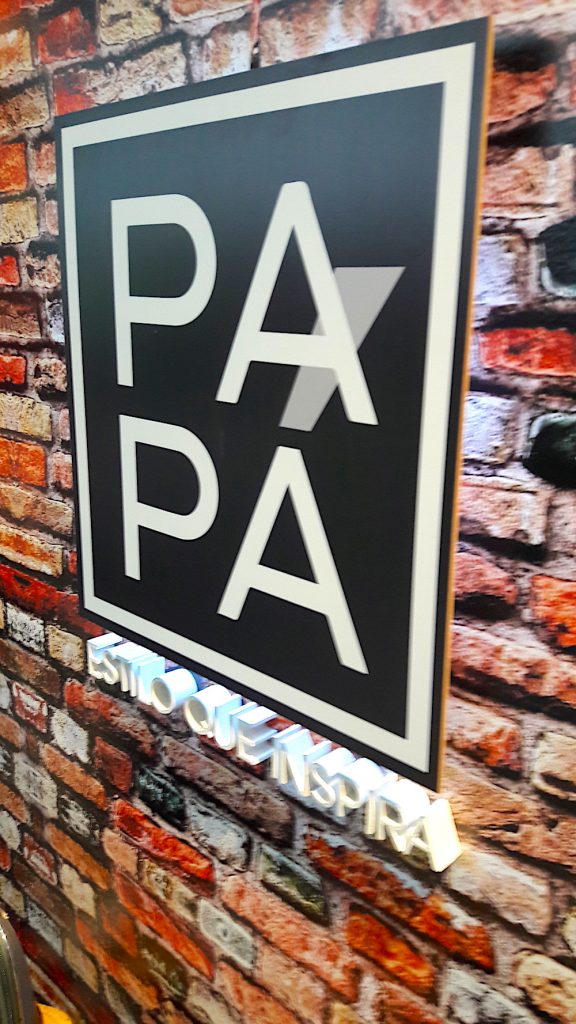
https://www.pinterest.es/ArtLex_/visual-merchandising/
Once you have all the display elements settled you can look from outside and make little adjustments that might have been required. It is a systematic and recurrent recourse the action of aligning all the nose and faces from mannequin groups pointing in the same direction. But «where» does this recourse come from? I do not have researched yet.
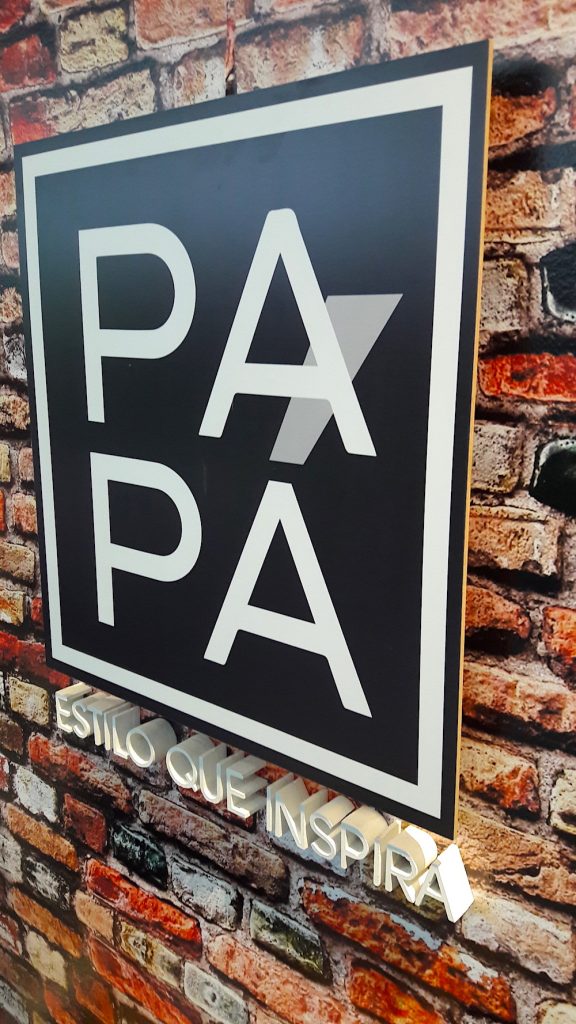
https://www.pinterest.es/ArtLex_/visual-merchandising/
As it was seen in the previous photos, all those little details make a big difference altogether. If you start to get picky and analyze in a deep way you could find that there are many many little details that construct the whole package.
Finally, it is time for installing vinyl stickers on the glass. The small one featuring the campaign copy, or a promotion, or an accessory for the main decoration set. They are an excellent way to create that impression of depth. And playing with them is a ludic way too, depending on the manner you stick them on the glass. (Inside the glass, or outside, or both).
Vinyl stickers are an excellent and cheaper way to enhance a window display. You can get them from solid colors to printables designs you desire. And they give the designer a great number of possibilities to play with them. But «that is a horse of a different color» and we can talk about them in the next entry.
